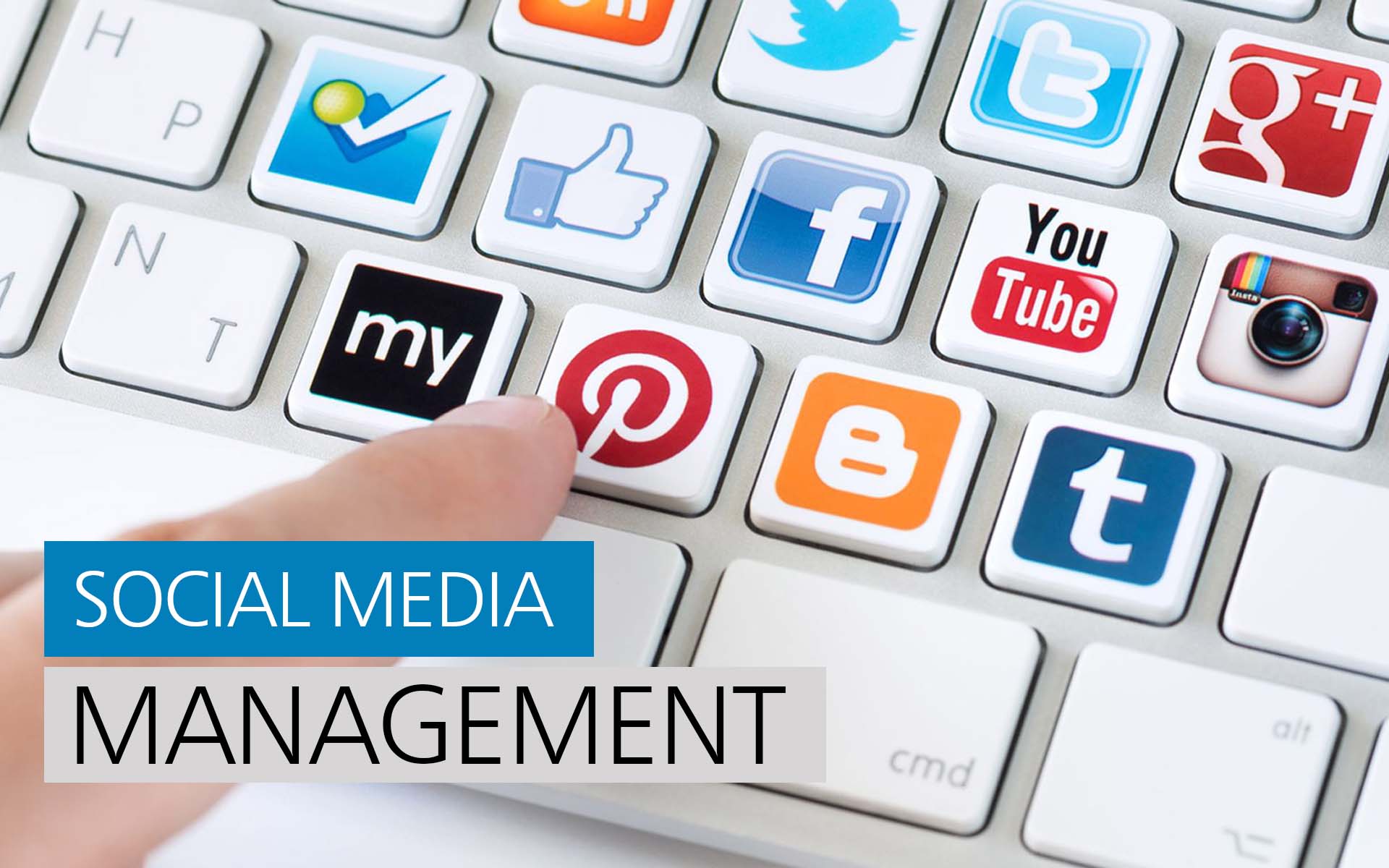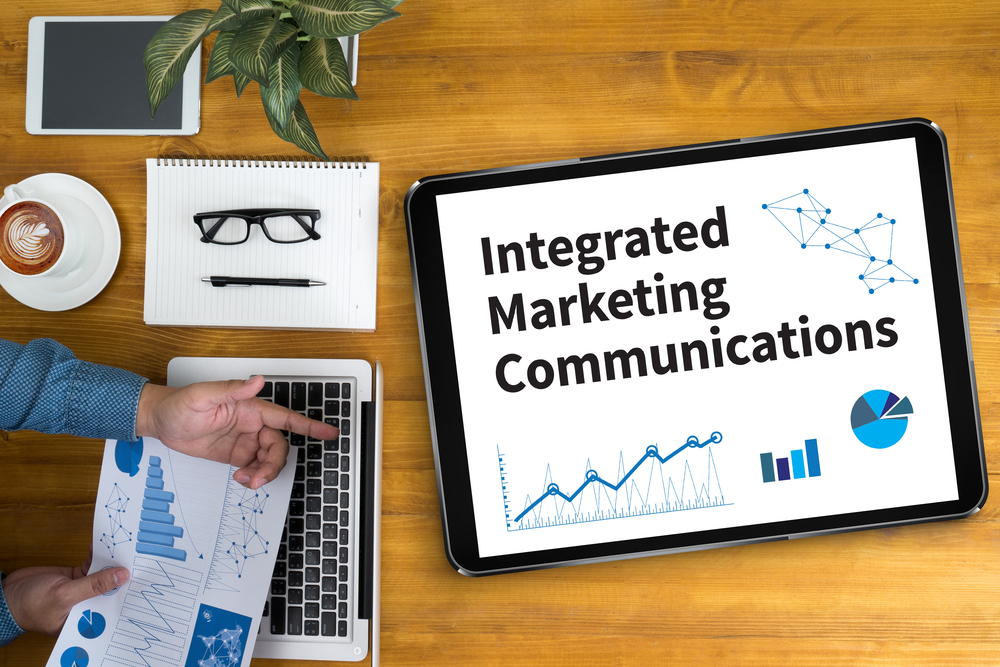
Most of us have to use email. Yes, an email address is required for both logging into online accounts and being reachable by colleagues and employers. But email is vexing. Email is more of a burden than a joy to use, whether you are sorting through junk mail and various mailers that mean nothing to you.
It is time to stop receiving junk mail after looking into insurance quotes, or being marketed to every time you visit a website for information. Creating a temporary email address is simple and allows you to send and receive mail anonymously across the internet.
While most websites, applications, and online trials require an email address, you are not required to keep it. In fact, those signups are part of the reason spam persists in email twenty years after it became a popular online communication method.
Sure, you could use a popular email client like Gmail or Yahoo to create a new email address. Using temporary email addresses allows you to use all of the above services without getting bombarded with spam.
But how? Fortunately, it is very simple. Let’s see how to create a free and disposable email.
A temporary email address is one that does not require registration. It’s also called throwaway email. It is used for website testing, untrusted website signup, advertising, etc. Using a temporary email protects you from both leakage and tracking. Many services offer free temporary email addresses.
1. Email Maker
Email Generator produces temporary email addresses usable for up to 40 days. You can also build a custom name and pick search domains.
2. ThrowAwayMail
ThrowAwayMail is an email address generator. It may produce a fresh email address every 48 hours with only one captcha. When an email address expires, all received emails expire as well.
3. Temporanee
It’s a one-time use email account. Use a temporary email address, also known as a disposable email address. This means giving each entity a unique email address that can only be used once. When you’re done with it, throw it away.
4. Temp Email
A temporary email service provider site where users can create random or custom email ids that are later discarded or automatically deleted. With a single click, you can create temporary mail and use it whenever you want.
5. Affidavit
Like tempmail, you can establish your own email address and search domain using Email Fake.
6. TempoMail
Temp mail is a free email service that sends emails to a random temporary address. It also allows you to construct your own email address by changing the search domain and using your own random words.
7. Fake Mail Maker
Phony Mail Generator is a temporary mailbox that generates fake emails. Customize your usernames and domains. Every 5 seconds, the inbox will be refreshed.
8. Id Temporary
It is also known as Temp Mail Id. Unlimited email creation without registration. The website now has 4-5 domains you can use to generate a temporary email address. It’s a free fake email generator.
This option is perfect for sending sensitive data. A ten-minute email address is safe because it does not track the sender. However, with permanent email accounts, you must trust that no one will read your emails. However, private information is not secured by this choice. It’s safer to sign up for a one-time service.









